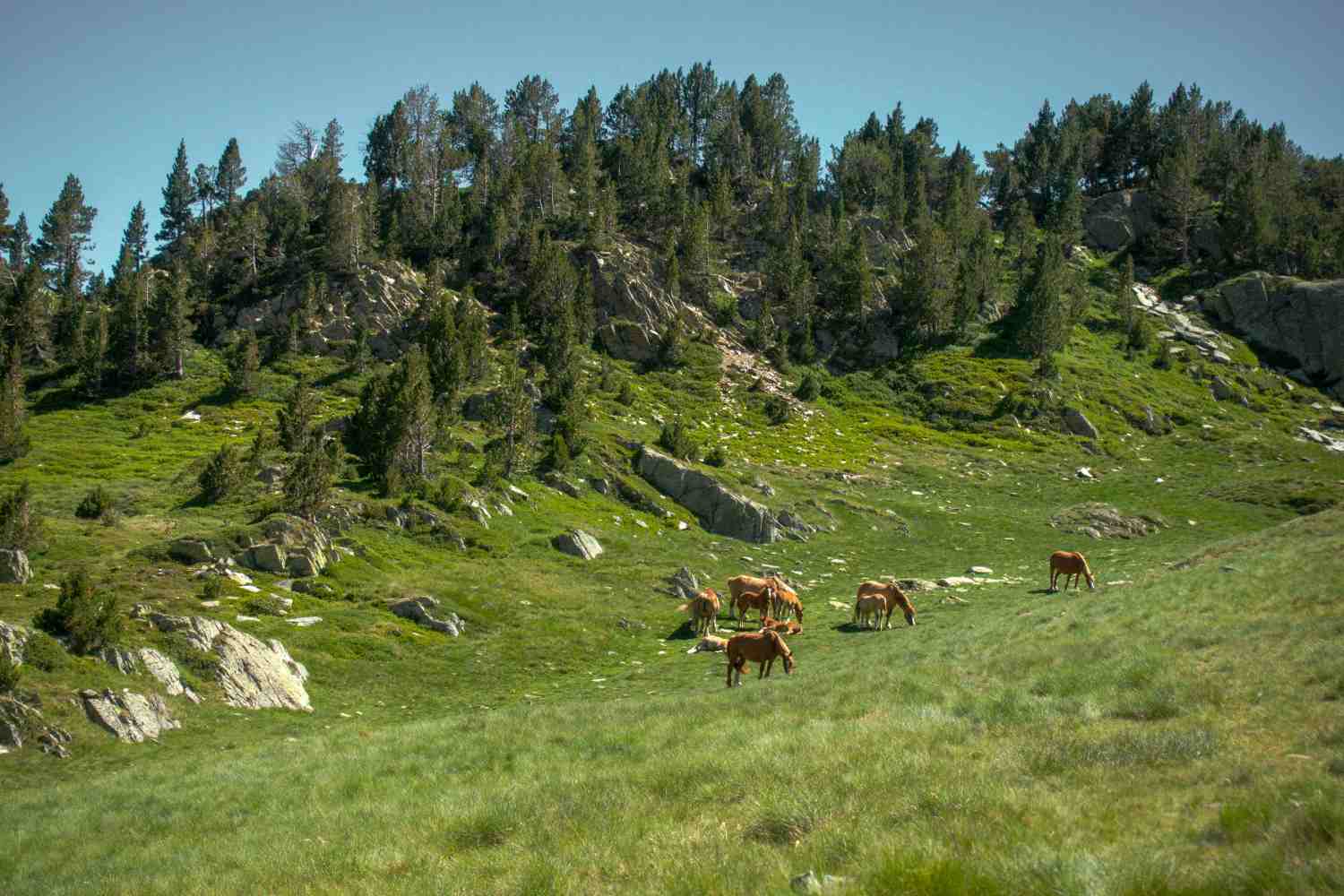In Galicia, Spain, wild horses called bestas are quietly fighting wildfires by grazing dry vegetation and restoring biodiversity. But their numbers are in steep decline.

Table of contents
In the misty, rugged hills of Galicia, a remote region in northwestern Spain, lives a population of wild horses known locally as bestas. These animals have roamed the forests and slopes for centuries—almost like shadows of an older world—and their presence has always been deeply woven into the fabric of this land.
But now, they’re doing more than just surviving. According to a recent Reuters report, these wild horses are becoming unexpected allies in the fight against wildfires.
A natural strategy against fire
At first glance, it might seem improbable. How could a group of untamed horses help prevent some of Europe’s most dangerous wildfires? The answer lies in their grazing habits. A study by the University of La Coruña has found that these rewilded horses play a significant role in wildfire prevention simply by eating the dry and invasive vegetation that fuels the flames.
By constantly clearing the underbrush, the bestas reduce the amount of combustible material on the ground. The impact is especially noticeable in fire-prone areas like the Serra da Groba and the Barro region, where fires have become almost seasonal events. The horses don’t just eat—they manage the land.
And their contribution goes beyond fire prevention. Their selective grazing creates the right conditions for native plants like heather and asphodel to thrive—species that support pollinators and contribute to healthier soil. Surrounding peatlands, rich in sphagnum moss, also benefit from their activity. These mosses are among the best natural carbon sinks on the planet, meaning the horses are quietly helping combat climate change, too.
Ancient ritual, modern relevance
Every summer, the people of Galicia celebrate a centuries-old tradition called Rapa das Bestas—literally, “the shaving of the beasts.” Dating back to the 15th century, this ritual sees the horses gathered from the mountains, cared for, dewormed, marked, and released again.
It’s more than just folklore. It’s a living example of sustainable herd management, a ritual where culture and conservation walk hand in hand. As one local put it: “Aquí no sólo se respeta la tradición, se protege un ecosistema”—“Here we don’t just respect tradition, we protect an ecosystem.”
Under threat
Despite their cultural and ecological value, the bestas are disappearing. In the 1970s, there were roughly 22,000 wild horses in Galicia. Today, fewer than half remain. The causes are depressingly familiar: rural depopulation, the abandonment of farmland, rising numbers of predators like wolves, and the economic burden of managing wild animals.
Without intervention, their future is uncertain. It’s not just about preserving a tradition—it’s about recognizing the ecological service these animals provide, and valuing them accordingly.
What’s needed is targeted policy support, financial incentives, and a broader cultural awareness of their role. As Europe battles hotter summers and more frequent fires, Galicia’s wild horses could offer a blueprint—a natural, low-impact solution worth adapting elsewhere.
